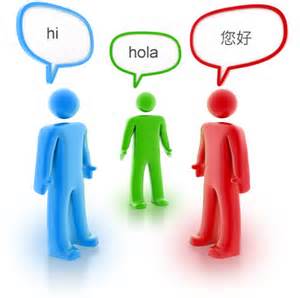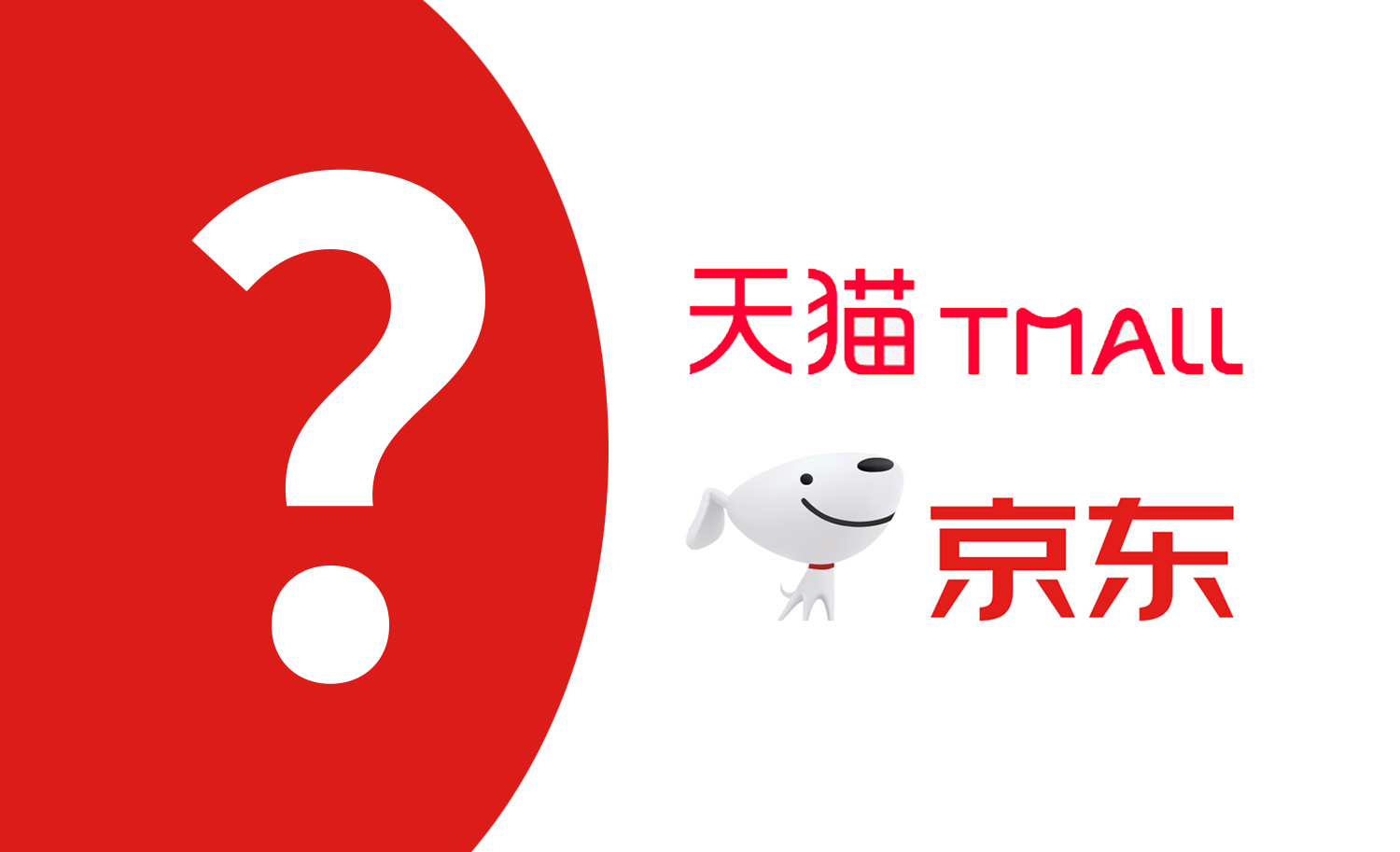As you take your eCommerce global, translation and localization are two terms you may hear used interchangeably, but there are differences between them. Sometimes we are asked for translation when the client actually needs localization of their text. Translation and localization are very different and it's important to understand the differences before you order a job from us.
Just about everyone understands translation as the process of taking something in one language (for example, English) and converting it into a completely different language (for example, Chinese). The purpose being, of course, to communicate with people who don’t understand your language.
But localization? To someone unfamiliar with language industry lingo, it might sound kind of like a mapping technology, or the kind of company that relocates people to new neighborhoods, right? Or worse, it’s often assumed to mean the same thing as translation, and that the two terms can be used interchangeably.
The difference between localization and translation is subtle, and while all good translation should have an element of localization, they are not entirely the same.
 Translation
Translation
Translation is the process of taking a source language and converting it to a target language. Trained translators never translate word-for-word, but instead take the meaning of each sentence and translate it into something a native of their own language would understand.
That’s why there is an element of localization within translation: there’s no point translating a British joke in the Spanish market. So a good translator will find an equivalent Spanish joke.
Localization
So now, to illustrate just the concept of localization, let’s start by looking within one language. In many cases, there’s more than one way to say the same thing. For instance, in English, if you want to greet someone, your brain naturally chooses the most appropriate greeting for the situation. When seeing a customer, you might say, “Good morning, how are you?” When greeting a friend, it might sound more informal, like, “Hey, how’s it going?” Both are completely correct and appropriate in the right situation – it’s all about context.
The process of localization can include translation of local currency, date formats, addresses, telephone numbers, measurements and many other aspects. The localization process can be carried out for the regions or countries where people speak different languages or the same language. Translation is the process of communicating the meaning of the text of one language (the source) into an equivalent target language text. A proper translation requires deep knowledge in such complex fields as technology, software, science, medicine, law, finance, business, philosophy, music and many others through immersion in multiple information sources. It is a challenge, just like writing, that also includes finding the right words and compliance with norms of speech of the target language.
These two processes are complementary, in other words, localization can’t go without translation and vice versa. Still and all, it is useful to know how both of them work.
Agree with our opinion? Send us an email and discuss with us! More about our service, please refer to China eCommerce












